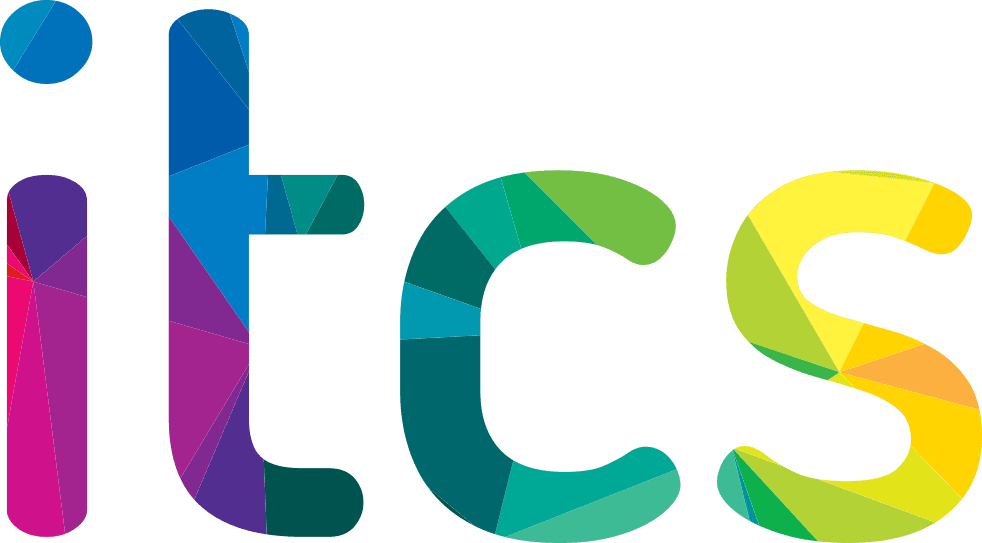How to prepare for a smooth transition to the cloud.
Moving to cloud computing can be a game-changer for businesses, offering countless benefits such as improved scalability, cost savings, and increased accessibility. However, transitioning to the cloud can also be a daunting task for many organizations. It requires careful planning, preparation, and execution to ensure a smooth and successful migration. In this blog post, we will discuss how to prepare for a smooth transition to the cloud.
Understand Your Business Needs
Before embarking on a cloud migration journey, it is essential to have a thorough understanding of your business needs. This includes identifying your current IT infrastructure, applications, and data storage requirements. A comprehensive assessment of your existing systems will help you determine which workloads are suitable for the cloud and how they can be optimized for maximum efficiency.
Choose the Right Cloud Provider
Selecting the right cloud provider is crucial for a successful transition. There are various cloud service providers in the market, each offering unique features and pricing models. It is essential to research and compare different providers to find the one that aligns with your business needs and budget. Consider factors such as reliability, security, and customer support when making your decision.
Educate Your Team
Transitioning to the cloud involves more than just technology; it also requires a cultural shift within your organization. It is crucial to educate your team about the benefits of cloud computing and how it will impact their day-to-day tasks. This will help them understand the changes and adapt to the new processes quickly.
Develop a Migration Strategy
A well-defined migration strategy is crucial for a smooth transition to the cloud. It should outline the step-by-step process for moving your workloads, applications, and data to the cloud. A good strategy should include a timeline, budget, and backup plans in case of any unforeseen issues. and help you stay ahead in today’s competitive business landscape.
Prioritize Workloads
Not all workloads are suitable for the cloud, and prioritizing them is crucial for a successful migration. Start by moving the low-risk and non-critical workloads to the cloud, and then gradually migrate the more sensitive ones. It is also essential to consider the interdependencies between different workloads to avoid disruption to your business operations.
Ensure Security and Compliance
Security and compliance should be top priorities when moving to the cloud. The cloud provider you choose should have robust security measures in place to safeguard your data. You should also ensure that your data is compliant with relevant regulations, such as GDPR or HIPAA, depending on your industry.
Test and Monitor
Before fully transitioning to the cloud, it is crucial to test and monitor the migrated workloads to ensure they are functioning correctly. This will help identify and fix any issues before they impact your business operations. It is also essential to continuously monitor your systems after the migration to detect any potential problems and address them promptly.
Conclusion
In conclusion, transitioning to the cloud requires proper planning and preparation. By understanding your business needs, selecting the right cloud provider, educating your team, developing a migration strategy, prioritizing workloads, ensuring security and compliance, and testing and monitoring, you can have a successful and smooth transition to the cloud. With the right approach, cloud computing can bring numerous benefits to your organization, and help you stay ahead in today’s competitive business landscape.


